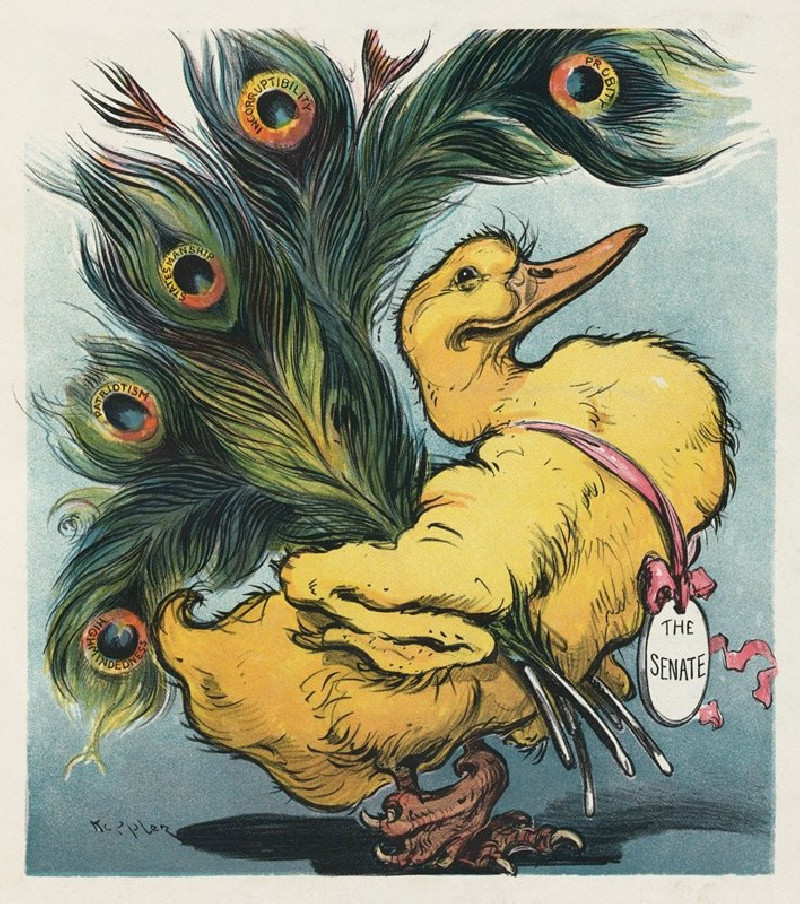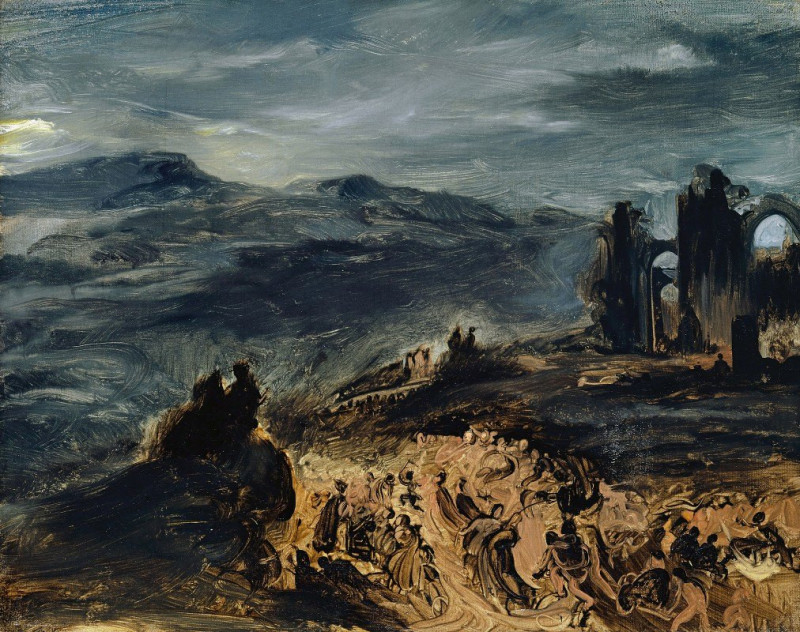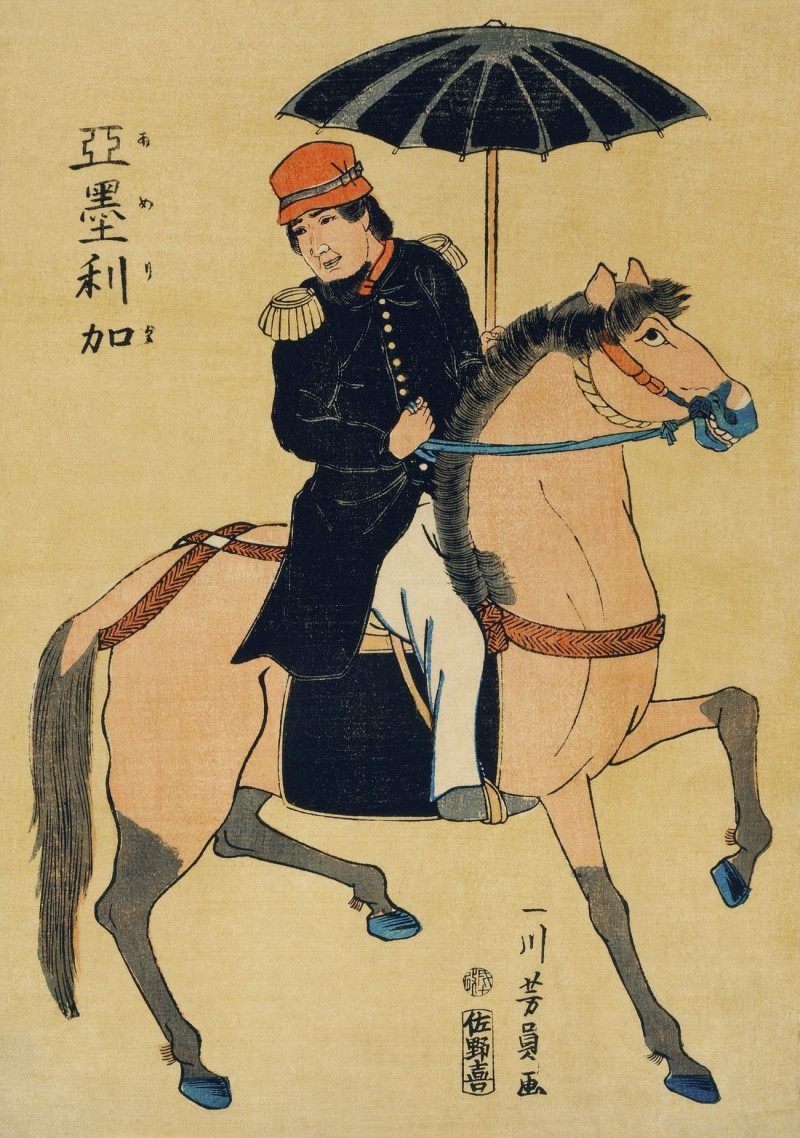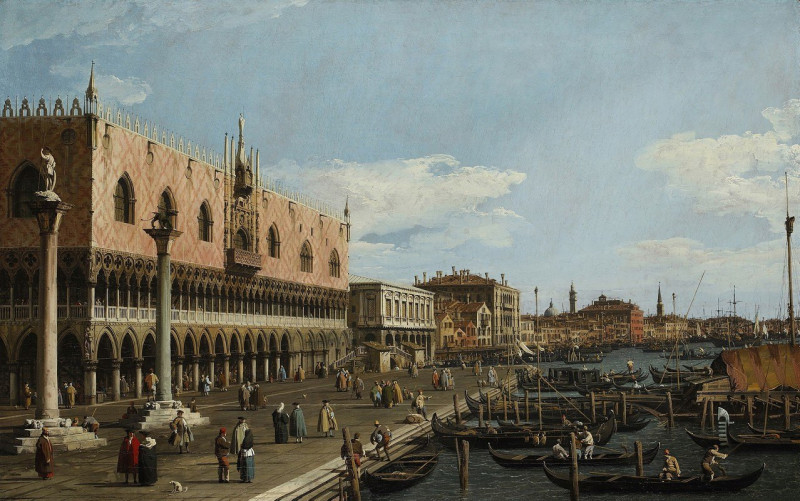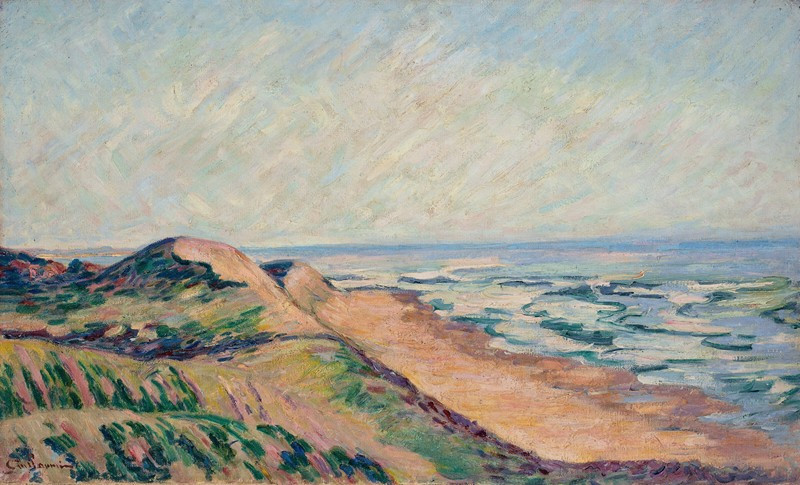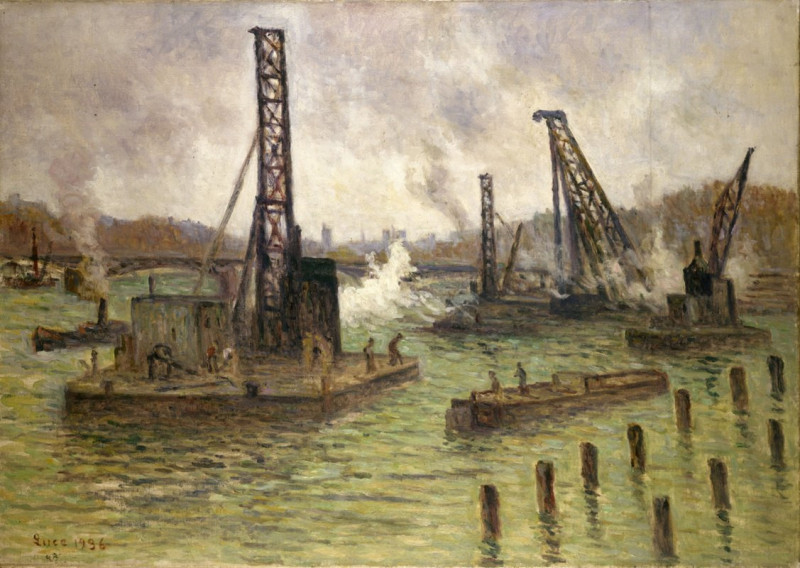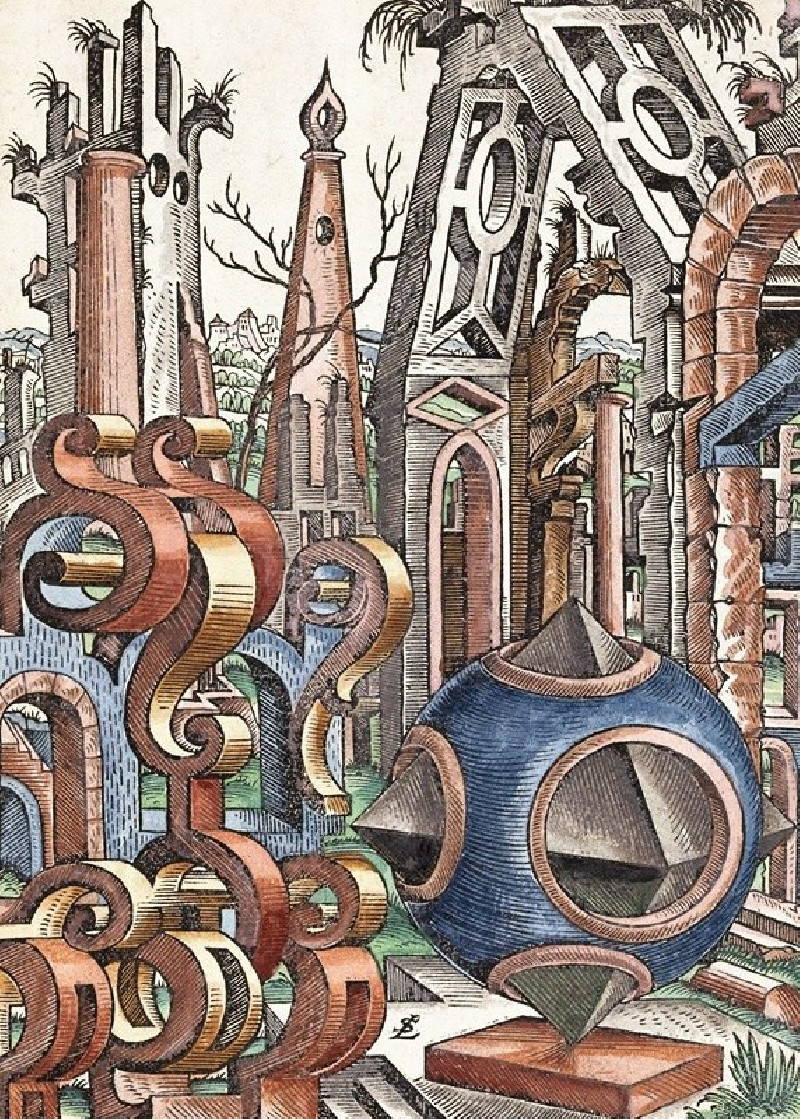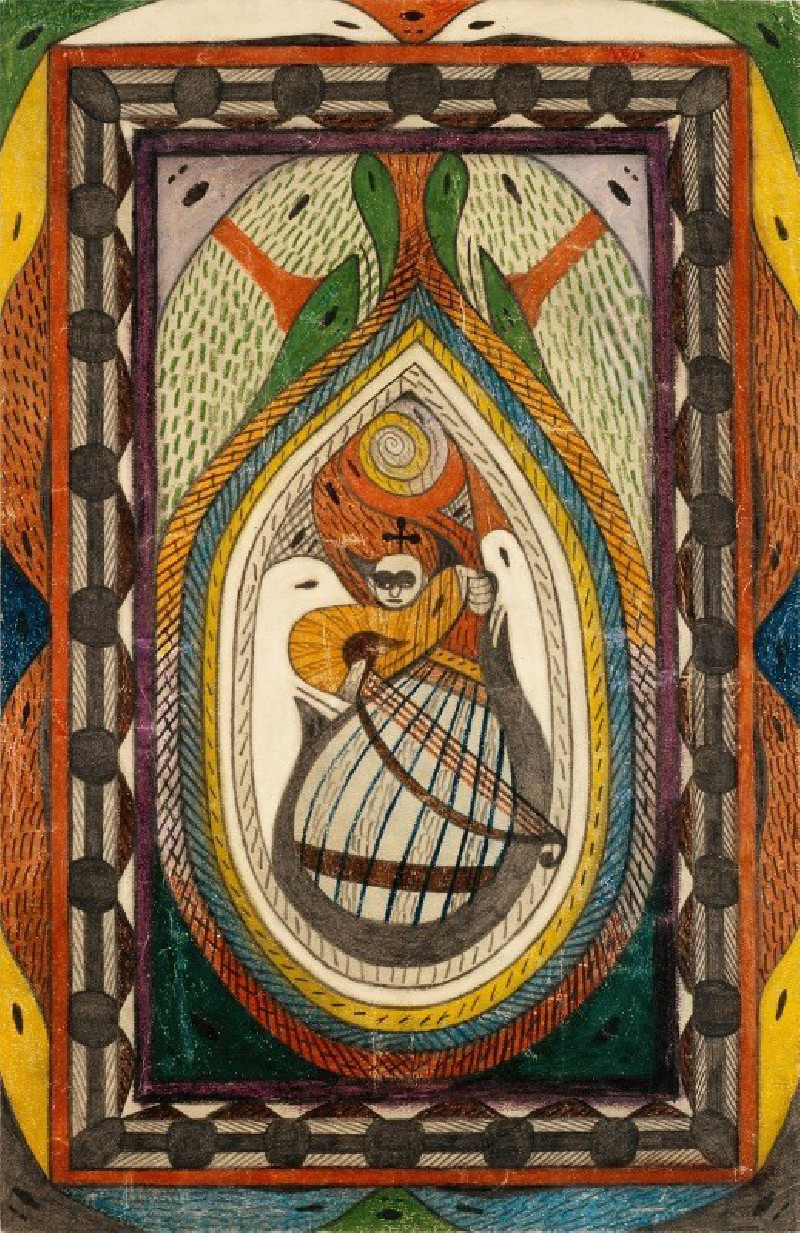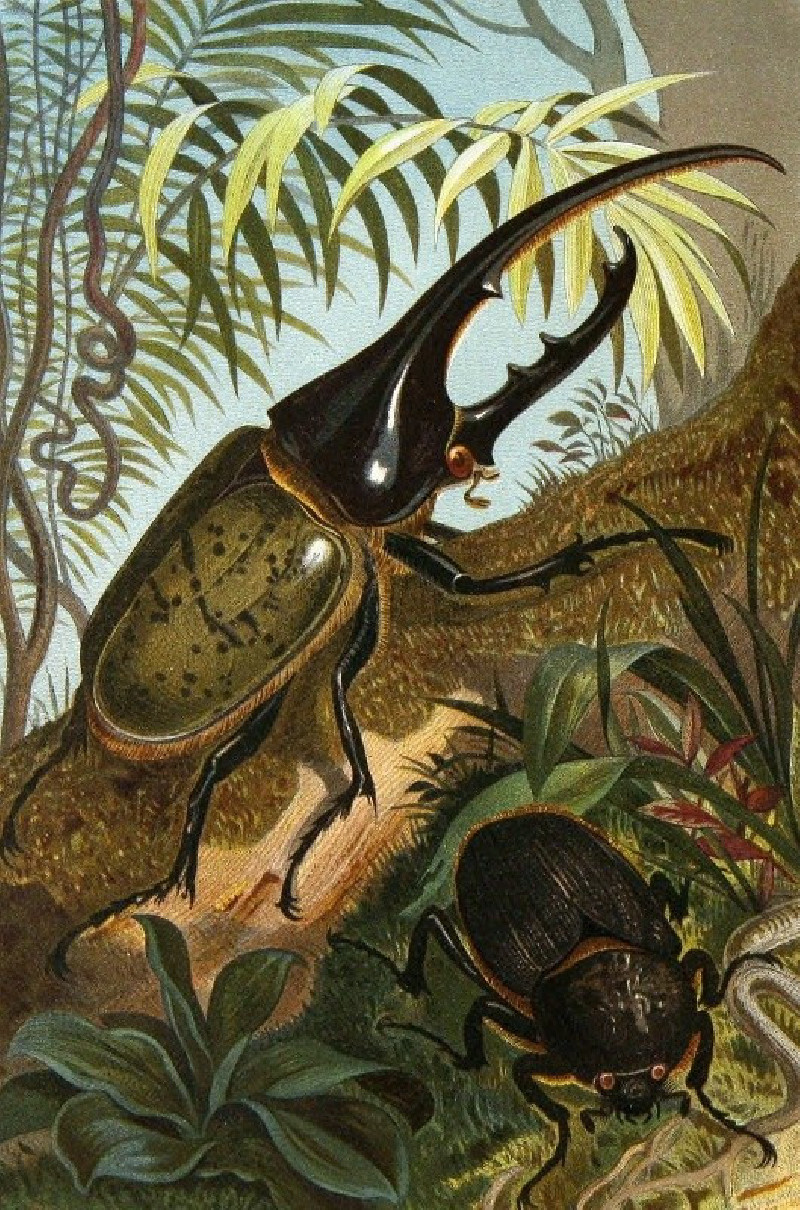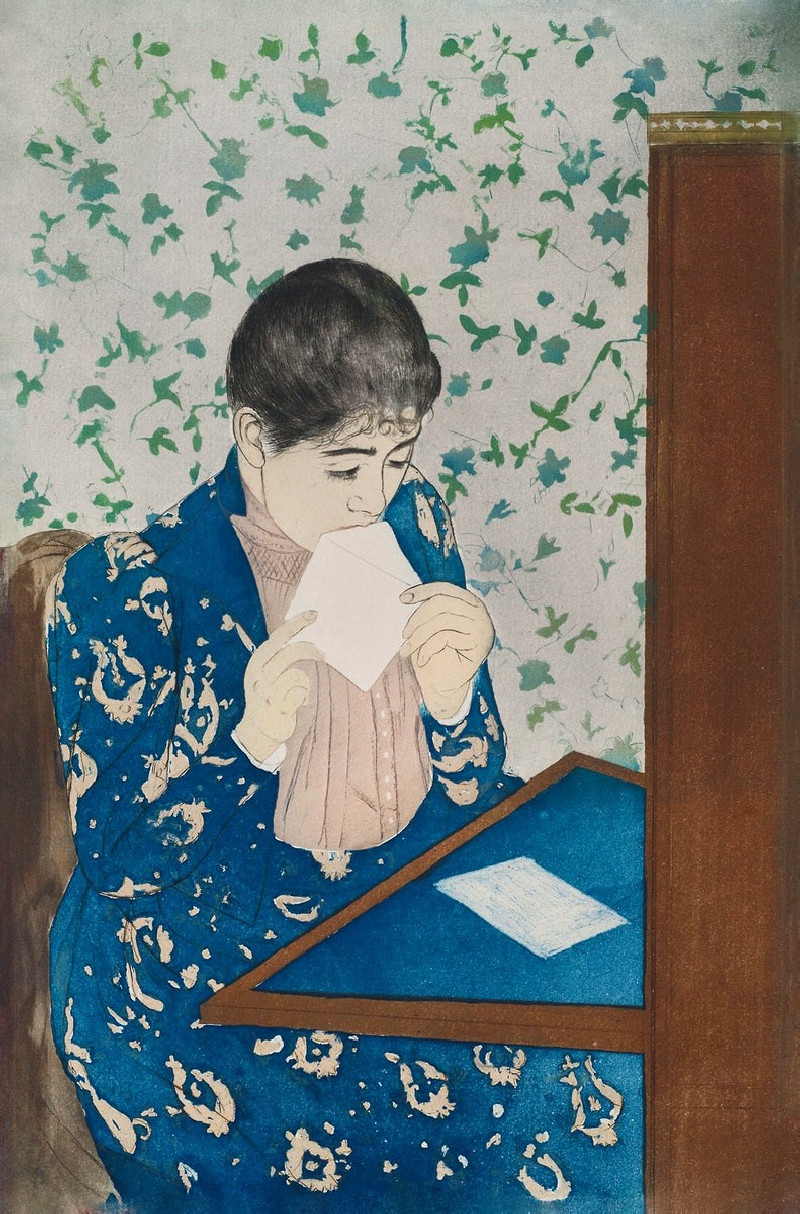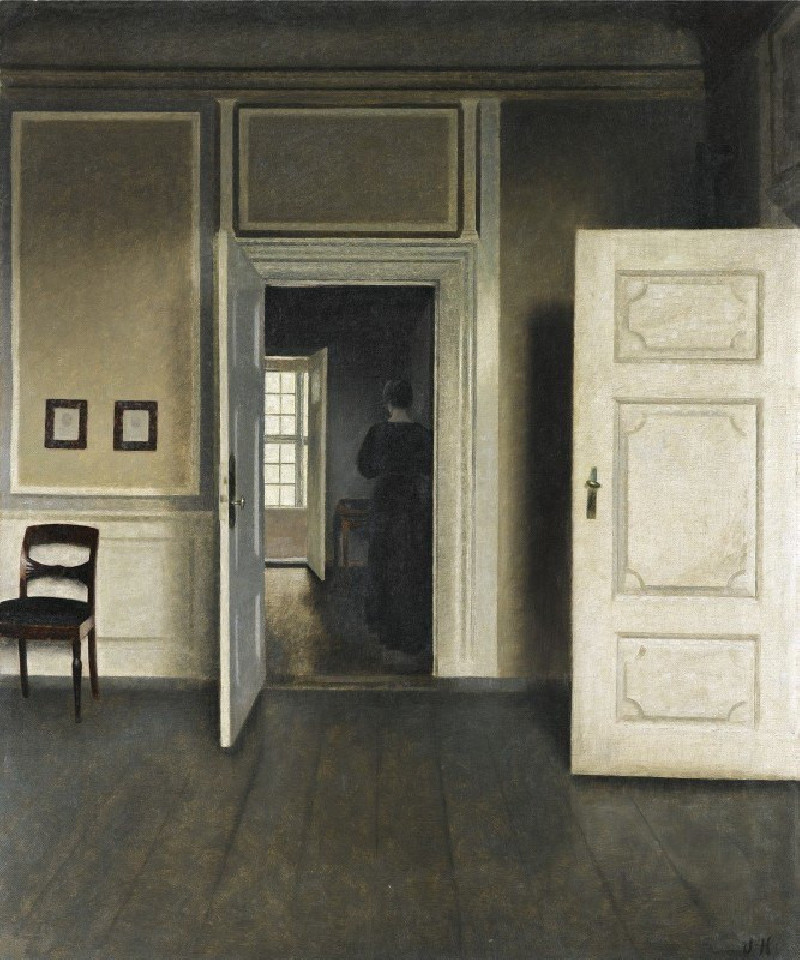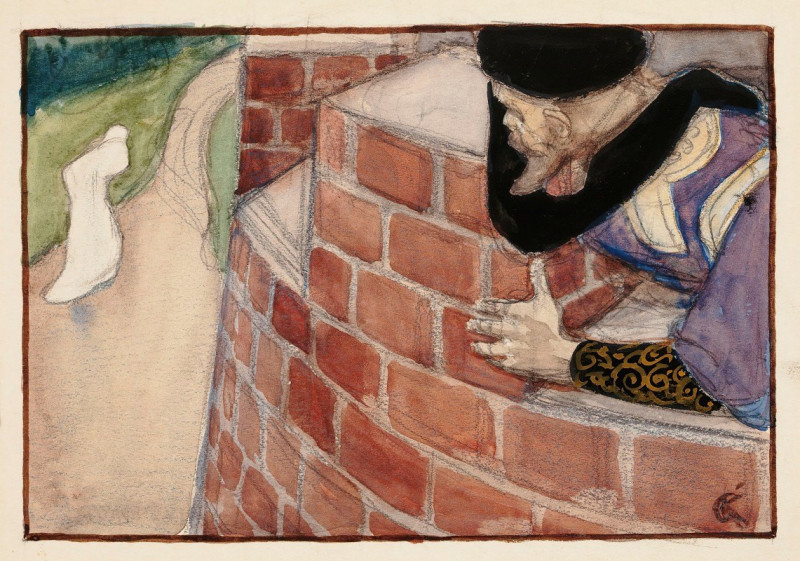The Harvest, Pontoise
Technique: Giclée quality print
Recommended by our customers
More about this artwork
"The Harvest, Pontoise" by Camille Pissarro is a vibrant impressionist painting that captures a rural harvesting scene. The artwork depicts several figures engaged in agricultural labor on a gently sloping hill. The foreground features two workers; one appears to be collecting or arranging harvested material in a sack, while the other, standing and facing away, seems to engage in conversation or instruction. A third figure, to the far right, kneels closer to the earth, possibly sorting or cutting plants.The landscape is rich with lush greenery dotted with hints of autumnal yellow, suggesting the season is perhaps late summer or early fall. Tall trees frame the scene, their full canopies bending into the painting from the edges, helping to guide the viewer’s eye towards the central activities. In the distance, a small house peeks from behind the foliage under a vast, dynamic sky—its fluffy white clouds tinged with blue shadows float above, casting ever-changing light over the scene.Pissarro's brushwork is loose and expressive, a hallmark of his impressionist style, allowing the colors to shimmer with life and natural light. This painting not only highlights the rural labor and landscape but also reflects the essence of daily life and the intimate connection between people and the land during that era. The scene is tranquil yet full of energy, a testament to Pissarro's ability to capture the spirit of the moment and the environmental context with equal importance.
Delivery
Returns
Blessed are they who see beautiful things in humble places where other people see nothing. — Camille Pissarro
Camille Pissarro (1830-1903) was born on St.Thomas (now the US Virgin Islands) to a Portuguese father and a Dominican mother. He went to Paris to study art at Ecole des Beaux-Arts. He was an early pioneer of pointillism and neo-impressionism and later became a mentor of many famous impressionist painters including Cezanne, Manet, Renoir, and Gauguin. His paintings depicted rural and urban French landscapes and lifestyle. Many of his works politically captured images of peasants and laborers. Today, he is considered the father of impressionism.
































